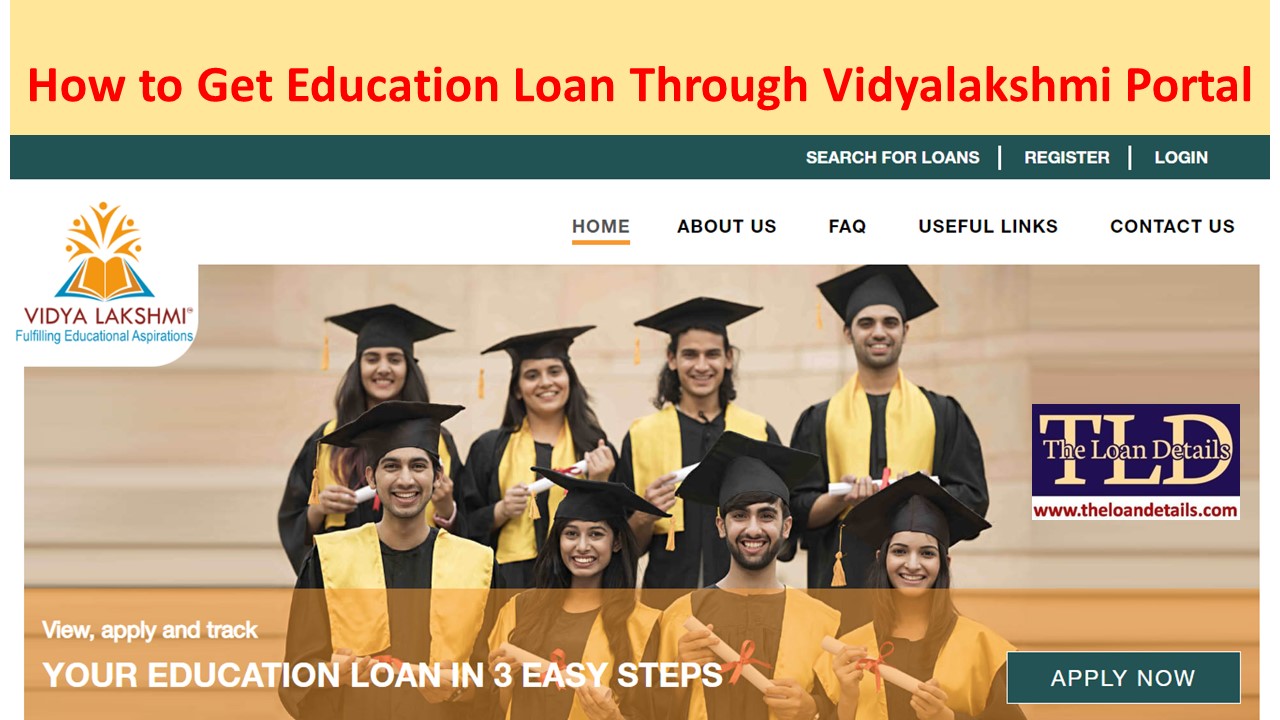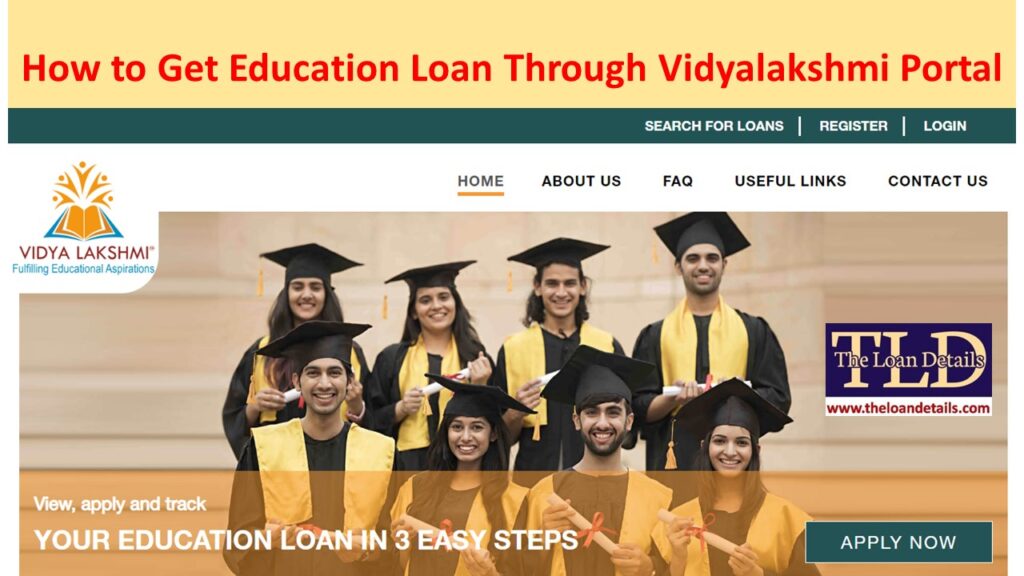Getting a car loan when you have a history of defaulting on payments can be challenging, especially if your credit score (CIBIL score in India) has been affected. However, it’s not impossible. Here’s a guide on how to approach getting a car loan as a CIBIL defaulter from The Loan Details Team.

Assess Your Credit Situation
First of all, Start by obtaining a copy of your credit report from CIBIL or any other credit bureau. Review it thoroughly to understand the extent of the defaults and any other negative marks on your credit history.
Understand Lender Requirements
Different lenders have varying criteria for approving car loans. Some may be more lenient towards borrowers with past defaults than others. Research lenders who specialize in offering loans to individuals with poor credit scores or past defaults.
Improve Your Credit Score
While this may not yield immediate results, taking steps to improve your credit score can help you qualify for better loan terms in the future. Make timely payments on any existing loans or credit cards, reduce outstanding debt, and avoid taking on new debt.
Provide a Larger Down Payment
Offering a substantial down payment can demonstrate your commitment to the loan and reduce the risk for the lender. It also reduces the amount you need to borrow, which may increase your chances of approval.
Offer Collateral or Security
If possible, provide collateral or security for the loan. This could be in the form of another asset, such as property or a savings account, that the lender can use to recover their money in case of default.
Seek a Co-Signer
A co-signer with a good credit history can strengthen your loan application. The co-signer agrees to take responsibility for the loan if you default, providing assurance to the lender.
Consider Alternative Lenders
Explore options beyond traditional banks and credit unions. Some online lenders or specialized finance companies may be more willing to work with borrowers with past credit issues.
Be Realistic About Loan Terms
Understand that as a defaulter, you may not qualify for the most favorable loan terms, such as low-interest rates or long repayment periods. Be prepared to accept higher interest rates and shorter loan terms
Review and Compare Offers Carefully
Before accepting any loan offer, review the terms and conditions carefully. Compare offers from multiple lenders to ensure you’re getting the best possible deal given your circumstances.
Stay Committed to Financial Responsibility
- Once you secure a car loan, make timely payments and manage your finances responsibly to rebuild your credit over time.
Remember that getting a car loan as a CIBIL defaulter may require patience and persistence. It’s essential to demonstrate to lenders that you’re committed to improving your financial situation and can be trusted to repay the loan.



